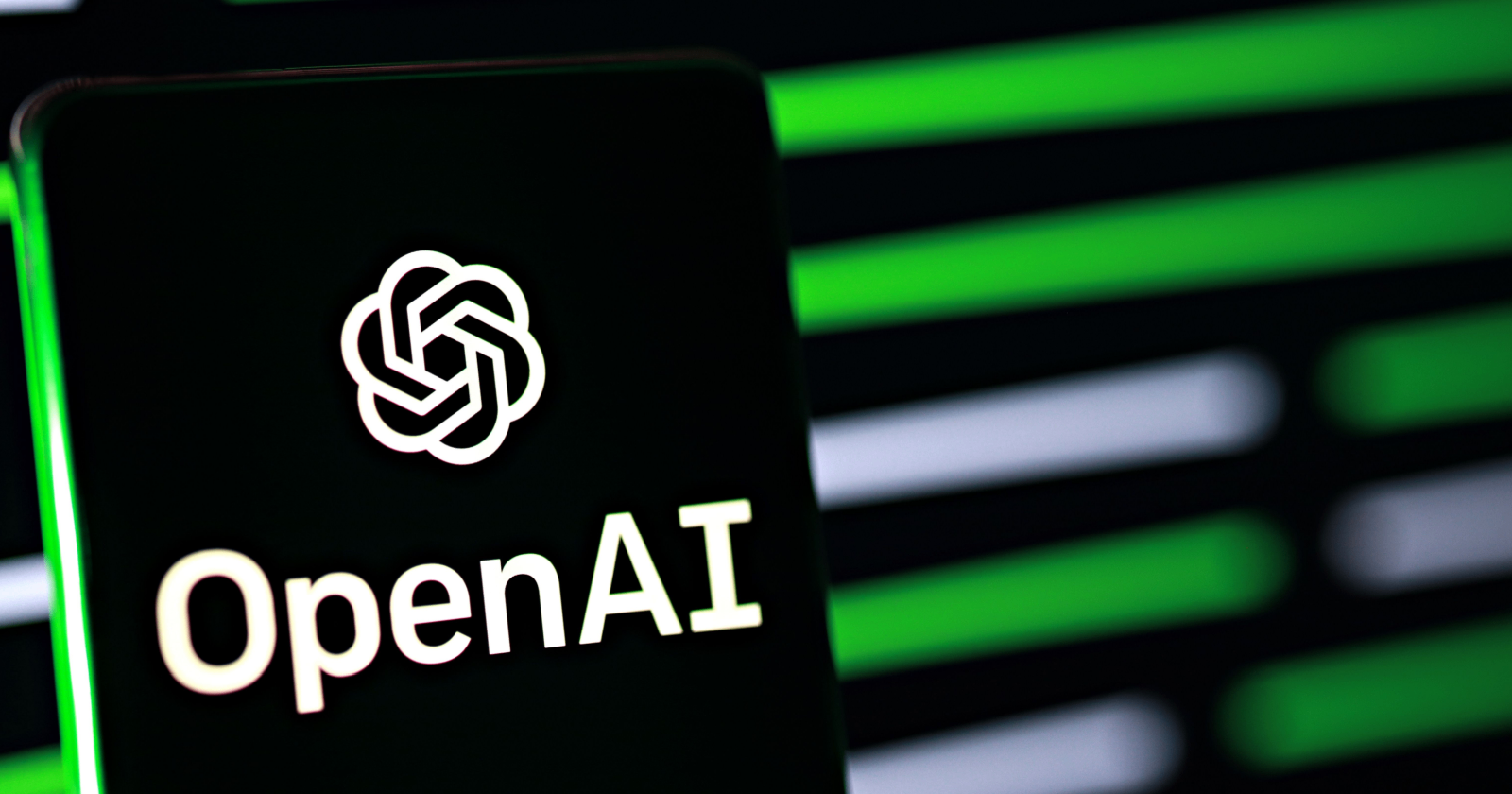OpenAI LLMs Sales Overtake Microsoft
OpenAI's AI model sales may have surpassed that of its largest shareholder and partner, Microsoft, with competition between the two partners intensifying and the AI services market looking promising.
According to foreign reports, as of this March, OpenAI has generated an annual recurring revenue (ARR) of approximately $1 billion through the sale of access to its ChatGPT series AI models. In comparison, Microsoft's similar product, Azure OpenAI Service, has only recently reached this figure.
It is noteworthy that OpenAI did not establish a dedicated sales team until mid-2023.

OpenAI generates revenue by selling access to advanced AI models like GPT-4 and assisting customers in customizing software to meet specific needs. In 2019, OpenAI officially partnered with Microsoft. Through Azure OpenAI Service, Microsoft provides customers access to OpenAI's models, enhancing OpenAI's reputation, connections, and sales capabilities, attracting numerous large companies across various industries.
Shortly after, OpenAI launched its API business, allowing developers and companies to directly use its AI models. This led to an increasing number of clients, such as Klarna and Salesforce, opting to bypass Microsoft and purchase OpenAI's models directly.
Igor Jablokov, founder and CEO of Pryon, noted that businesses now prefer companies with AI as their core business rather than traditional cloud service providers. One such example is the European travel booking site Holiday Extras. Its Director of Innovation, David Lee, mentioned that their customized chatbot saves the company $800,000 annually in employee time costs.
It's not hard to deduce that the hot sales of OpenAI have brought significant competitive pressure to Microsoft. As a result, Microsoft adjusted the pricing strategy of Azure OpenAI Service, reducing peak usage fees by 25%, from $246,700 per month to $185,000 per month, to enhance the service's appeal.
Microsoft expects that a year later, Azure OpenAI Service's annualized revenue will rise to $2 billion, averaging $166 million per month. It is currently unclear how fast OpenAI expects its API business to grow, but in the past year, its API business has grown more than threefold.

In the enterprise services market, Microsoft's Copilot and OpenAI's ChatGPT are fiercely competing. Despite Microsoft's significant advantage in this market due to applications like Office 365, the company's financial report shows that from the fourth quarter of 2023 to the first quarter of 2024, the sales growth rate of the Office 365 suite for enterprises has slowed by 2%.
Nevertheless, Microsoft can still reap long-term benefits from this partnership.
In 2022, Microsoft and OpenAI signed a cooperation agreement, stipulating that the two companies would operate as independent entities and compete for customers to reduce antitrust scrutiny. Additionally, both parties can earn a share from each other's sales: Microsoft has to pay OpenAI 20 cents for every dollar of revenue from Azure OpenAI services, while OpenAI pays Microsoft 20 cents for every dollar of revenue from its API sales.
Microsoft's Azure platform, as its core cloud computing business, generates over $55 billion annually, covering server rentals and a variety of cloud service products, including Azure OpenAI services. The current gross profit margin of Microsoft's Azure OpenAI services is about 40%, and this figure is expected to increase further with the improvement in AI model efficiency. OpenAI, benefiting from preferential server usage prices, is expected to achieve a gross profit margin level similar to Microsoft's with its API business.
This demonstrates that both OpenAI and Microsoft are showing strong growth momentum in the AI services market. Although Microsoft holds an advantage in cloud services, OpenAI attracts a large number of direct customers with its core AI technology. Through cooperation and competition, both continue to drive the sustained growth of the AI market and the widespread application of AI technology.
·Original
Disclaimer: The views in this article are from the original Creator and do not represent the views or position of Hawk Insight. The content of the article is for reference, communication and learning only, and does not constitute investment advice. If it involves copyright issues, please contact us for deletion.